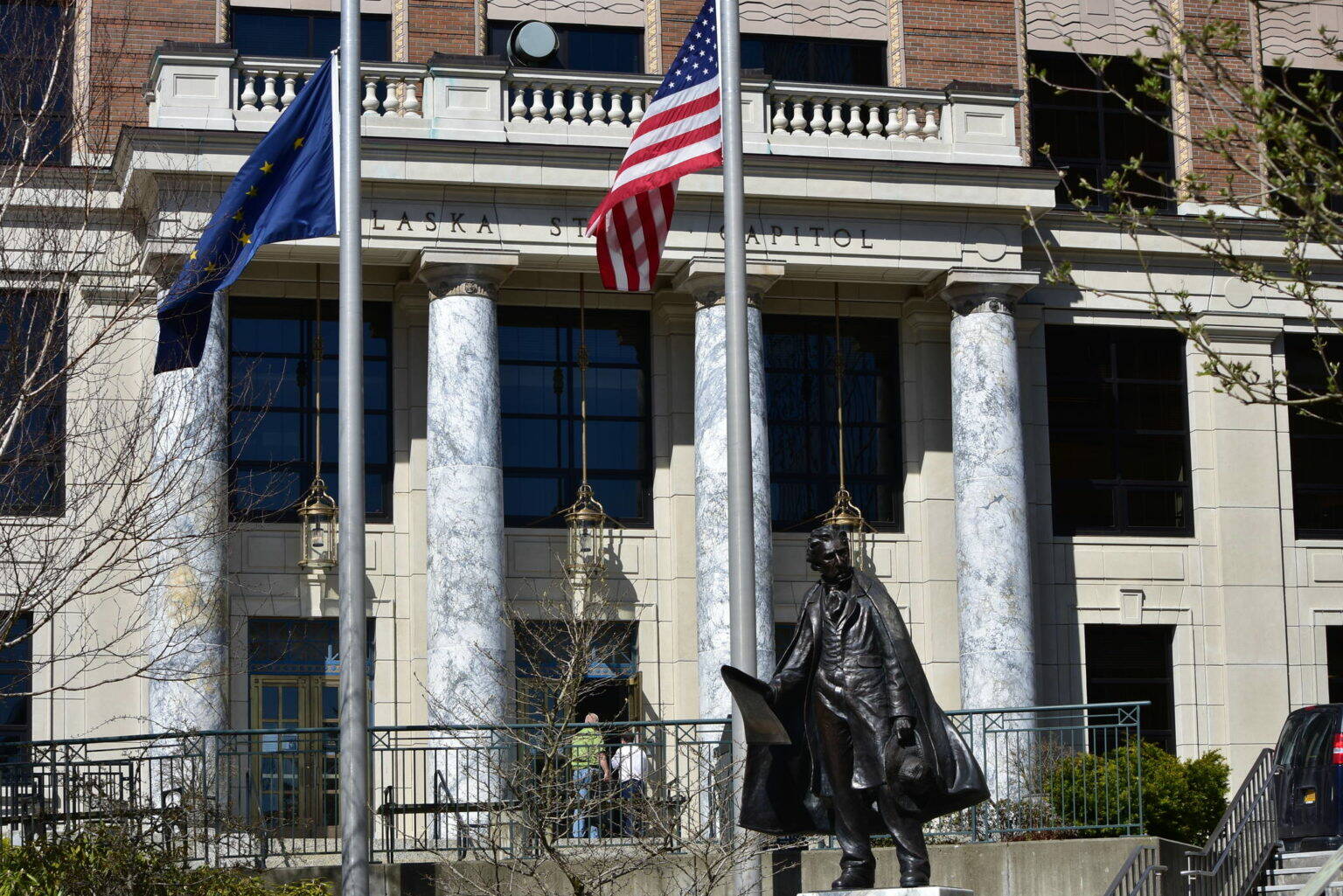The governor’s budget proposal is due on Dec. 15, and local municipalities are already looking ahead to what they hope to see funded. State funding is ultimately controlled by the Legislature, but the governor has the ability to submit a budget and veto appropriated funds. A governor’s budget is likely to change significantly but its allocations signal an administration’s priorities and what they want to see funded.
In his first year in office, Gov. Mike Dunleavy enacted deep cuts to state spending which prompted a strong backlash from many Alaskans. His second year in office, cuts were less drastic, but the COVID-19 pandemic ended the Legislature’s session early and federal relief money was able to bolster state finances.
Dunleavy has said limiting the size of government was a priority for him, but some state spending has increased under his administration, according to Office of Management and Budget documents. Spending on public security, the Department of Corrections, the governor’s office and the Legislature all increased from Fiscal Years 2019-2021, according to OMB. Legislative Finance Director Alexei Painter has noted spending on the Department of Corrections increased by roughly the same amount the University of Alaska was cut.
This year there’s a significant amount of money coming from the federal government, both from relief funds related to the COVID-19 pandemic and from the Infrastructure Investment and Jobs Act, and the state’s own finances are improving. The Alaska Permanent Fund has seen record earnings in the past year and the state has paid off certain pension obligations, freeing up state funds.
[‘Relationships are key’: AFN Convention brings leaders to the table]
According to Nils Andreassen, executive director of the Alaska Municipal League, local governments want to be well-positioned to take full advantage of those federal funds which meant not using them to plug gaps in budgets.
School bond debt reimbursement has long been a priority for AML and the communities it represents, including the City and Borough of Juneau, and Andreassen said he hoped to see the state fully fund that obligation to municipalities. There’s an expectation the state is in a position now to fully fund those obligations, Andreassen said, and the state’s been a good partner in how it’s approached previous rounds of federal relief.
The infrastructure bill will provide a significant amount of funding in the future for things like broadband internet, water, sewage and transportation, Andreassen said, but school construction and maintenance weren’t included.
“That’s been underfunded for a long time at the state level,” Andreassen said.
Still, funding from the bill would provide “a huge leap forward,” for many Alaskan communities, Andreassen said, but municipalities needed to be ready to take advantage of opportunities. There is a lot of funding that some communities may not be aware of or have the capacity to write grants for, which is something Andreassen said the state could help with.
“How do we keep track of all these opportunities,” Andreassen asked, “How do we put our best foot forward?”
In Juneau, school bond debt reimbursement is also a priority, according to Katie Koester, director of CBJ’s Public Works and Engineering Department, as was transportation funding. The city has a list of priorities it’s drafting and will present to the Legislature in early February, Koester said, including school construction projects awaiting reimbursement. Koester said she expects that list to be presented to Juneau’s Public Works and Facilities Committee on Dec. 20 with final adoption by the full Assembly on Jan. 24.
The city’s new electric bus was purchased with federal grant funds, Koester said, and part of the infrastructure bill will provide opportunities for rural transit across Alaska to modernize fleets.
“Because (the Alaska Department of Transportation and Public Facilities) is not allowed to charge overhead for these grants, it becomes a burden to manage them,” Koester said in an email. “CBJ, and other rural transit agencies, are actively advocating for those federal pass-through funds to remain in the budget including the administrative support to process them.”
Andreassen said transportation was a priority for many Alaska communities, and with many municipalities looking at federal funding opportunities for docks and harbors.
Sen. Lisa Murkowski, R-Alaska, was able to secure funding in the infrastructure bill for the Alaska Marine Highway System, some of which has alread found a purpose. Last week Dunleavy announced the ferry MV Tustumena would be replaced and DOT announced additional sailings during the winter season.
• Contact reporter Peter Segall at psegall@juneauempire.com. Follow him on Twitter at @SegallJnuEmpire.

